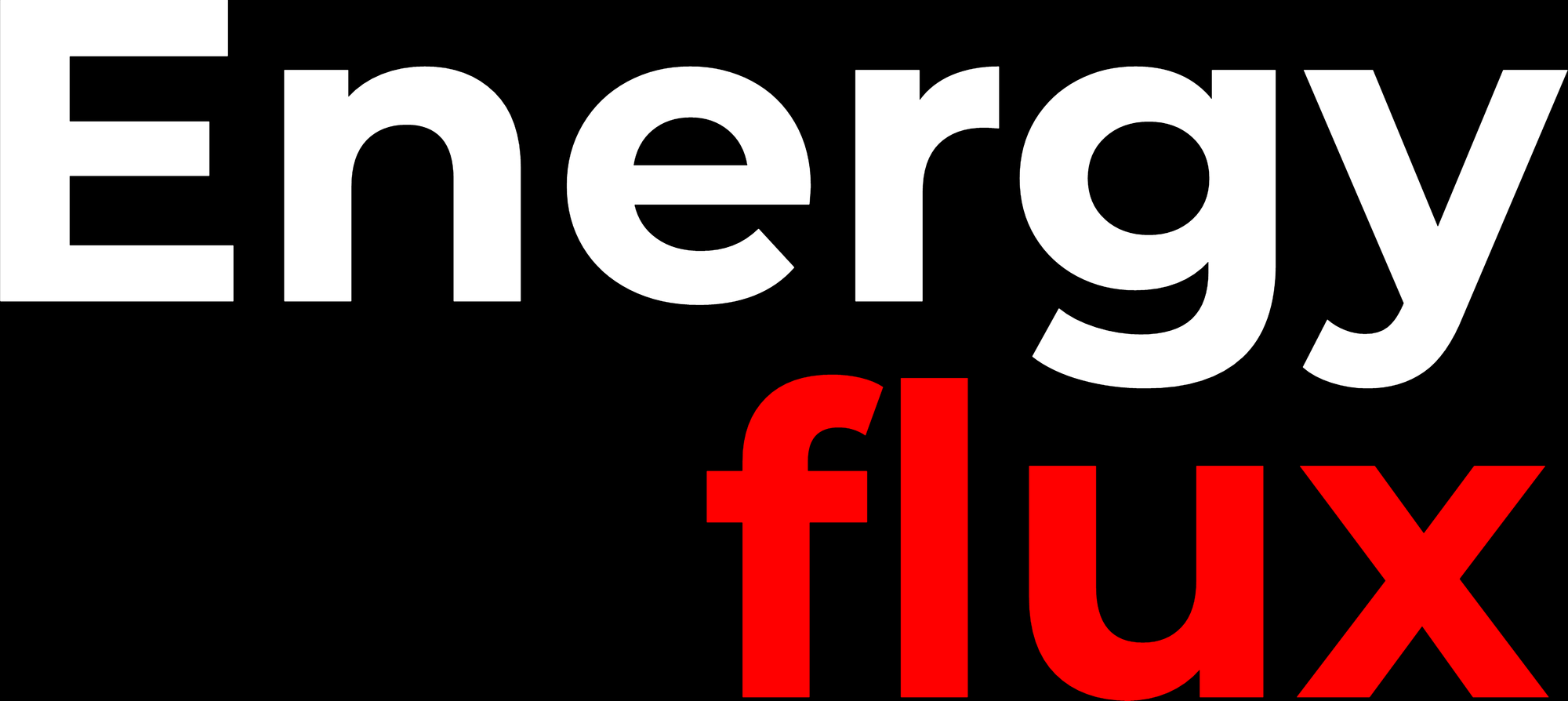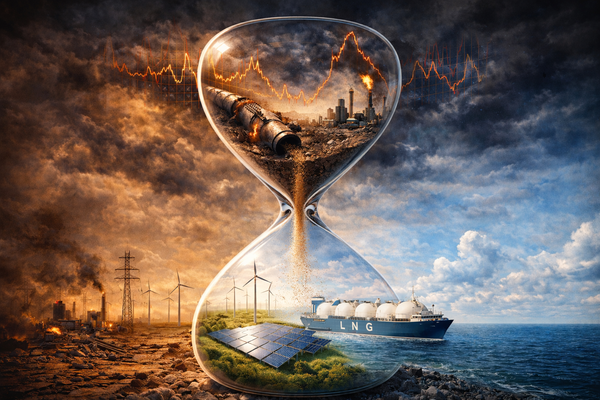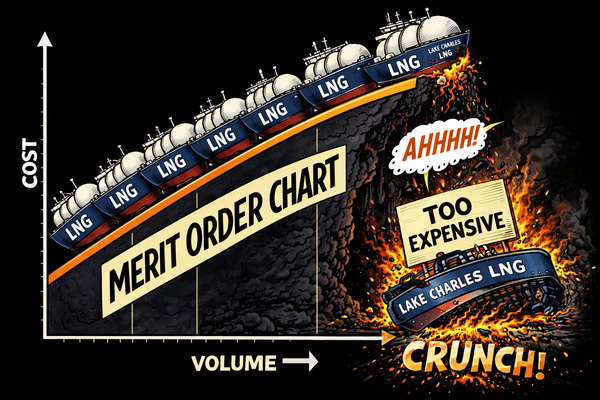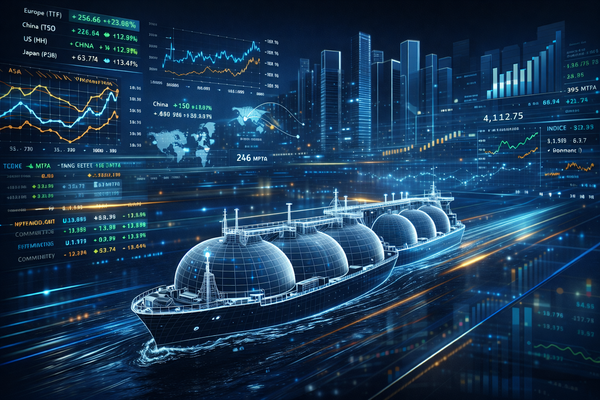The Energy Flux worldview
There is no such thing as pure objectivity. Every editorial decision is influenced by the lens through which each editor views the world. Here's mine.
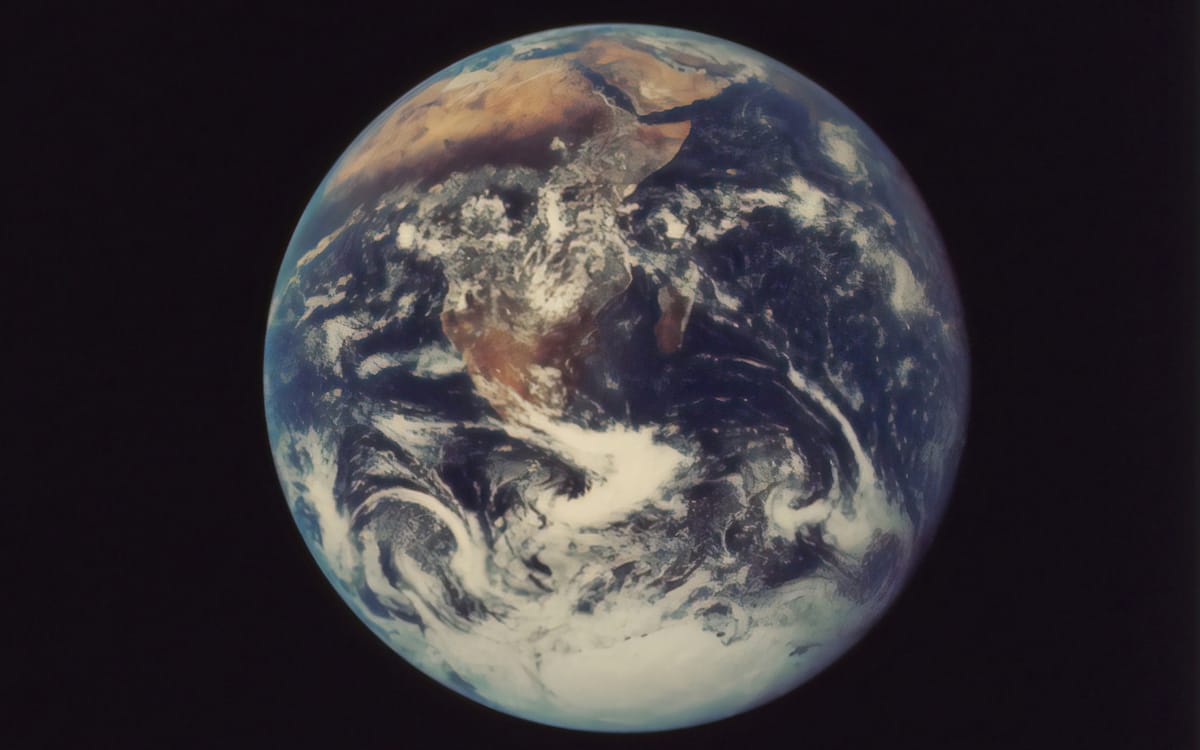

Member discussion: The Energy Flux worldview
Read what members are saying. Subscribe to join the conversation.
